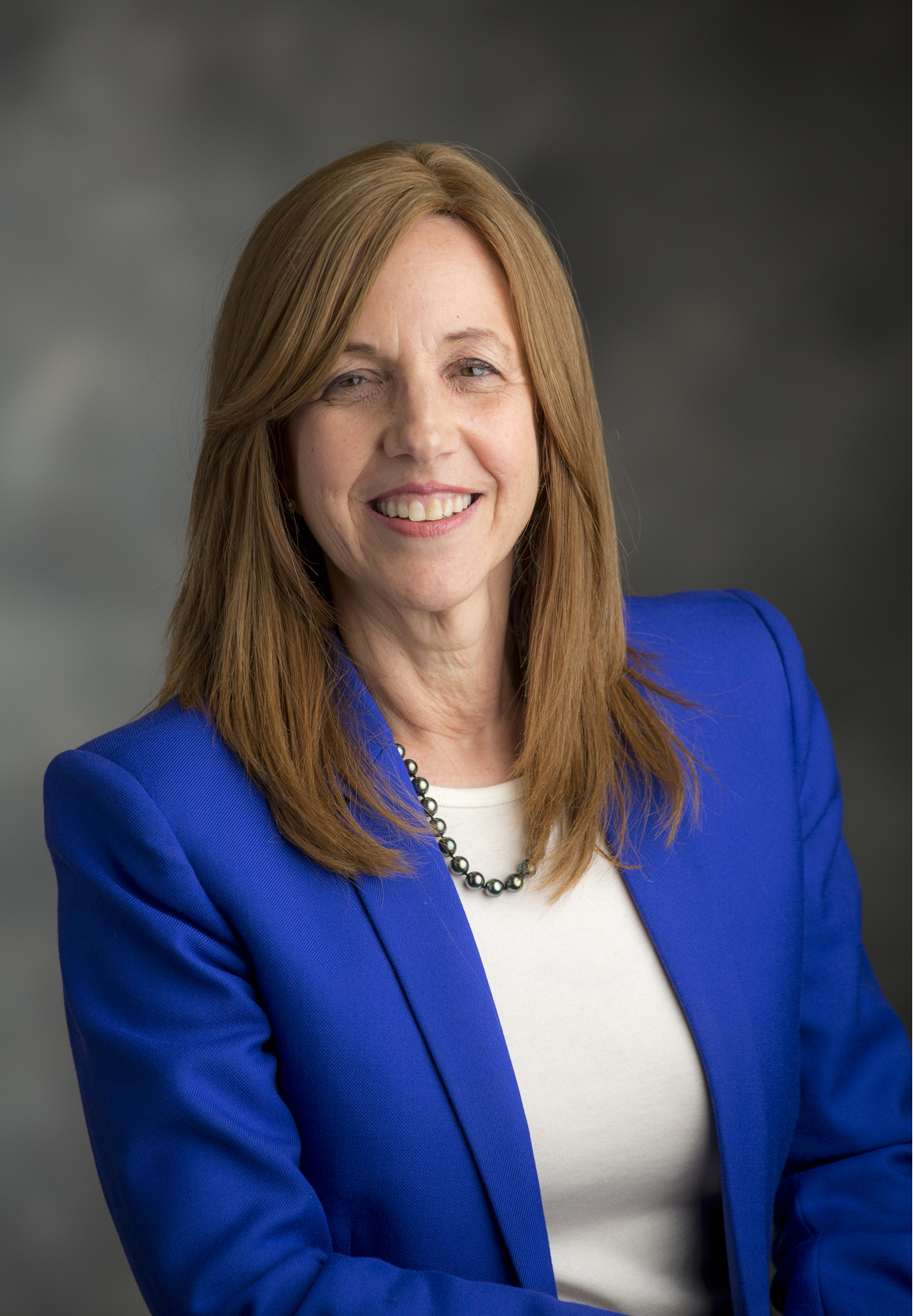Mar 27
2020
How We’ve Responded To The Challenges Brought On By COVID-19: Touro College

Responses from Dr. Marian Stoltz Loike, vice president for online education at Touro College and dean of Touro’s Lander College for Women.
How are you responding to the present crisis, and what technologies are you using to connect with students and even parents in an attempt to minimize the disruption?
We are delivering synchronous zoom classes to most students since school was shut down. There are also students who take asynchronous online courses. Most faculty teaching the synchronous courses have not taught online previously. Faculty teaching asynchronously have been well-trained and often have been teaching online for many years.
Faculty lectures to students over Zoom, integrating interactive exercises to keep students engaged. They use online tools, like surveys or breakout rooms to enable students to interact with material and one another.
Through combined efforts of the Instructional Design and Instructional Technology teams, faculty have been trained and supported in teaching online. We have produced video and print tutorials and peer-to-peer training. We have also offered online support.
Because Touro has been ahead of the curve in moving online we have had a smooth transition, lauded by both students and faculty. We are also helping other schools succeed in online pedagogy. For example, last night one of the division of the graduate school of education held a webinar for more than 85 middle and high school teachers to help them build skills in online pedagogy by teaching them about online tools, like quizlets, quizis, edpuzzle, cahoots, and other tools.
What have been the results? What works? What only causes more friction?
Very successful. One-on-one training for novices, webinars and group sessions for more advanced faculty. Broader helpdesk support has been important for students. Students and faculty have reported tremendous satisfaction with the transition to remote learning.
Nothing is causing more friction; however, some students report that the demands at home make it difficult for them to focus on learning. Parents want them to help with watching younger siblings or doing household chores to provide parents with bandwidth to work.
Several faculty members have lost their babysitters and are unable to deliver classes to students while they take care of young children. In each case we have found a way that is sensitive to both the faculty member and students’ educational needs.
Please name the technology you’re using in your response and the approaches you are taking. Are you moving to e-learning platforms?
- Learning Management system: Canvas
- Web conferencing: Zoom
- Calendars: Calendly, looking at Microsoft Bookings
- Web storage: Canvas, Box and Kaltura
- Exams: Examsoft; ProctorU; Respondus Lockdown Browser and Monitor
Which vendors are you partnering with to deliver these solutions? Are your IT and service teams able to meet the need in the new era or have you been caught flat footed?
Service people have been great—we actually started preparing one week before we closed down so by the time we went online, faculty, IT and Instructional Design were all ready to move forward. It increased service hours; Instructional Designers produced many videos and text-based tutorials for how to get online.
Our challenges have been around exams, labs, and clinical pieces that require candidate and patient to be in close interaction. We have successfully moved toward success with exams through faculty creativity. Faculty members substituted projects, take-home exams, essays and other assessments for the typical summative assessment.
In some cases, program chairs have found a substitute for labs or clinical rotations; in other cases, student will need to make up labs or have assessments while they treat a patient. These may not occur before the summer or fall.